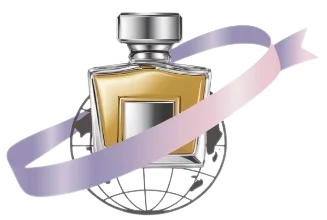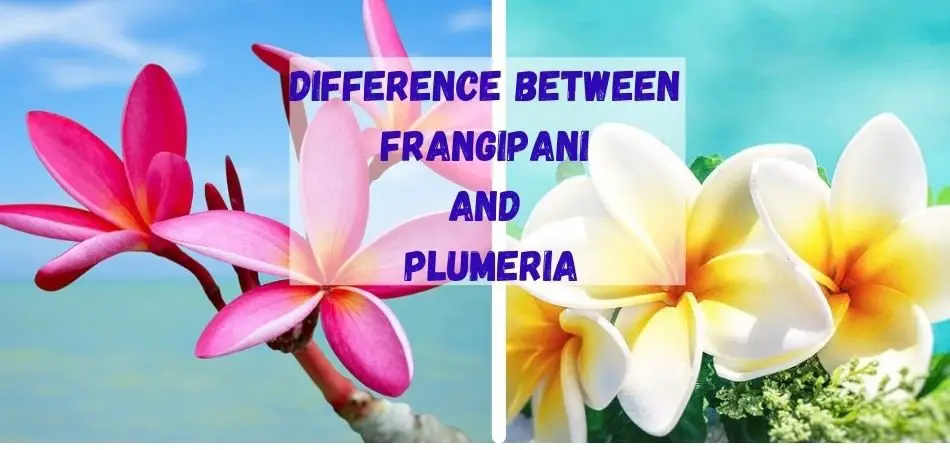Before discussing the difference between Frangipani and Plumeria, we should know about them.
However, Plumeria is the class of most commonly used frangipani flower. On the other hand, Chantecailles Frangipane is a lighter, woodier scent that relies extra on orange blossom rather than Plumeria.
French botanist Charles Plumier in the 17th century, who has studied plants of Plumier, invented this name from Frangipani. This has come due to the patrician Italian family fighting with the papacy in the 12th century.
The scented leather gloves habit with musk, civet, and jasmine. It became every rage when Marie de Medici brought it in the 16th century into fashion in the court of French. Though there is no huge difference, they are identifying in two names.
Below we will discuss them in detail so that you can know clearly about them. So, let’s go for it.
About Of Frangipani
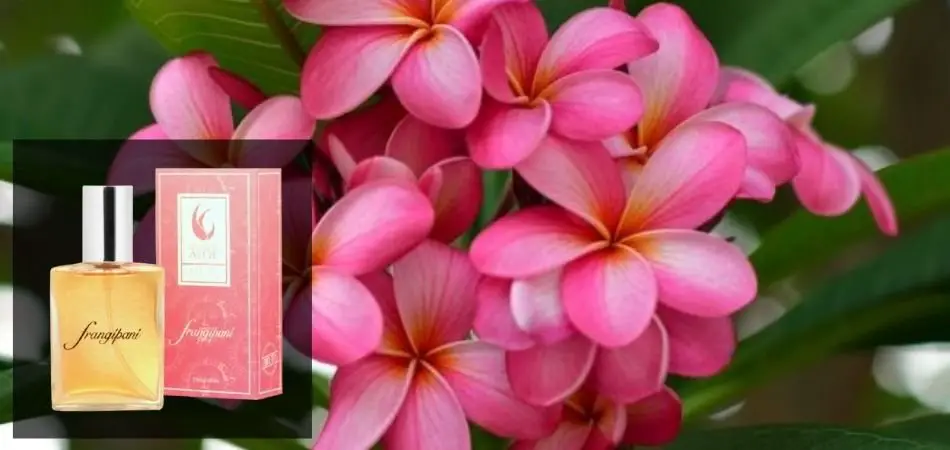
Generally, Frangipani is a small tree and growing only about 5-6 inch height. Though they are lack height, they fulfill it in width, becoming as wide as tall. They have a fantastic root system so that you can grow them in your home garden and any pots.
Even so, they can survive any heat, drought, neglect, pest attack, and insect. For their long leaves, gnarled branches, and distinctive flowers, everyone can quickly identify them. Their bark is gray or green and scaly in appearance.
After dropping the leaves in winter, it’s showing minor semi-circular marks on bark. Also, their branches have swollen colours, and the leaves are dark green on the top, and the green underneath is a lighter shade.
If you want to cut on trees any part, you can see sticky, milky sap that’s poisonous for both animals and humans. Specifically, you can see frangipani flowers in clusters and also appears in branches end. Besides this, their smell is fantastic.
Commonly, these flowers have a white colour with a yellow center. Without it, these flowers come in a variety of ranging from yellow and white, deep crimson to orange.
Some flowers expire in a few days or weeks. From December to April, this follower appears in Australia and warmer climates staying for a long time.
About Of Plumeria
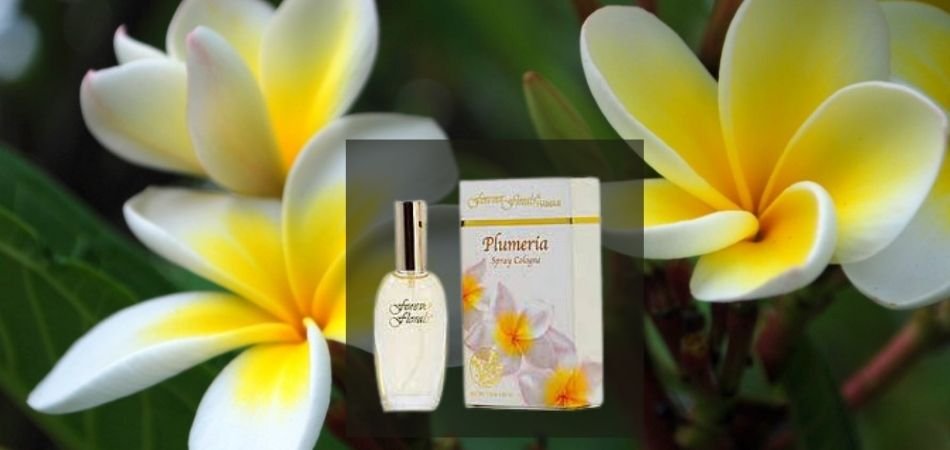
A plumeria is a group of shrubs and a genus of small trees in the dogbane family. They are famous in America from Brazil to Mexico and the Caribbean. With the available names of Frangipani and Plumeria, many hybrids and species are grown as ornamentals in subtropical and tropical worldwide areas.
Frangipani’s name comes from the 16th-century Italian nobleman who made the ascent with the same scent. Now they are common in Pacific Islands and Asia. Nonetheless, Plumeria has varieties of genus. All of these species have different growth habits and forms.
Plumeria Rubra is the National flower of Nicaragua. Moreover, this flower has thick succulent but brittle branches, widely spaced with milky sap. Be careful with this flower because it can irritate your eyes and cause dermatitis in susceptible men.
Depending on the cultivar or species, plumeria plants may be open and sprawling. But their quality of flowers isn’t good. Yet, plumeria Rubra types flowers are deciduous, while Plumeria’s obtuse species are evergreen.
Especially after flowering or injury, these trees only branch. In particular, the colours are pink, white, red, yellow, or pastel Bicolors. Typically, plumeria flowers have fragrant with a perfume including hints of citrus, jasmine, and gardenia.
Difference Between Frangipani And Plumeria:
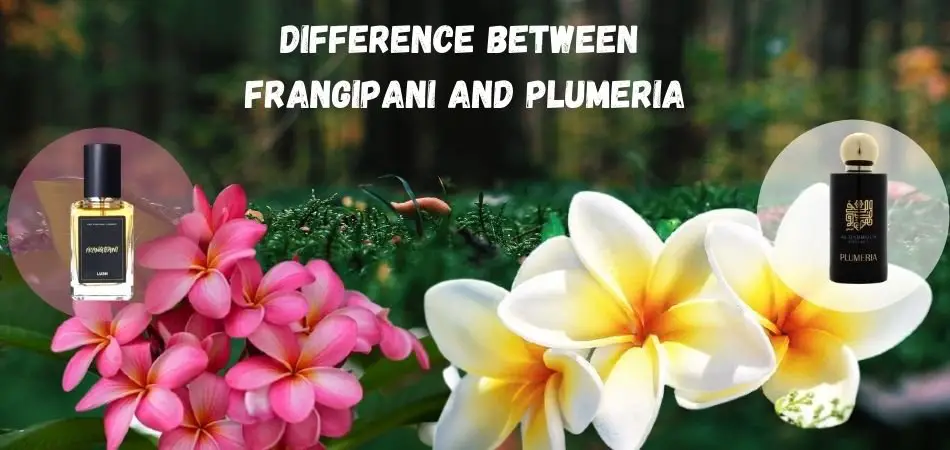
Well, there is no significant difference between Frangipani and Plumeria without their different name in many countries. Plumeria names come from French botanist Charles Plumier in the 17th-century.
And Frangipani names come from the Italian Frangipani, a nobleman who established a perfume in the 16th century. Nevertheless, these beautiful flowers identify in many names all over the world.
In Delhi, The meaning of White Frangipani is Safed Champa. In Malaysia, they are identified as Kemboja, Melia in Hawaii, Phool in India, and used to make leis, Ampola in Venezuela, and more.
Here below, we give some more information that can help you know more about them.
Does Frangipani Have Big Roots?
Depending on care and climate, Frangipani grows 30 to 60cm a year. In general, Frangipani trees have non-invasive root systems and are compact to grow safely near cables and pipes. When you want to prune it, they will get a response well.
Is Frangipani A Hardwood?
Typically, Frangipani plants can be growing from cutting that is herbaceous or woody stems. Apart from this, you can collect them from trees, semi-hardwood, hardwood, and softwood sections. To, when you want to take cutting this trees also have to be excellent health.
What Is The Best Fertilizer For Frangipani?
Consequently, organic fertilizers, which are high in potassium, Nitrogen, and phosphorous, are best for Frangipani. Phosphorous is best for large flowers and healthy roots, Nitrogen is for green growth, and potassium helps to improve disease resistance.
How Should Often Often I Take Care of My Frangipani?
They will develop with some maintenance, and we advise you to give them the water they need. Too much watering can destroy your Frangipani trees. Usually, in December and January, they add a fantastic feel to your garden. Generally, they will grow as wide as 5mtrs and as tall as 6mtrs.
Final Word
On the other hand, Frangipani trees have a fragment and also known as Plumeria. So, from this line, we understand that there is no significant difference between Frangipani and Plumeria.
Additionally, Frangipani flowers are also known as colourful oil flowers, Hawaiian Lei flowers, etc. In terms, Plumeria has another name: Frangipani, red-jasmine, red Frangipani, red saucepan, temple tree, or simply Plumeria.
In either case, all frangipani is not Plumeria like Frangipani Vine and Climbing Frangipani ias not Plumeria. Also, either the Australian Native Frangipani is not a Plumeria.
They belong to the Hymenosporum Flavum Pittosporaceae. At the end of this article, we want to say here, we are trying to give accurate information about Frangipani and Plumeria.
Although you want more information, you can inform us in the comment box. We are constantly staying with you; thank you for reading this article.
